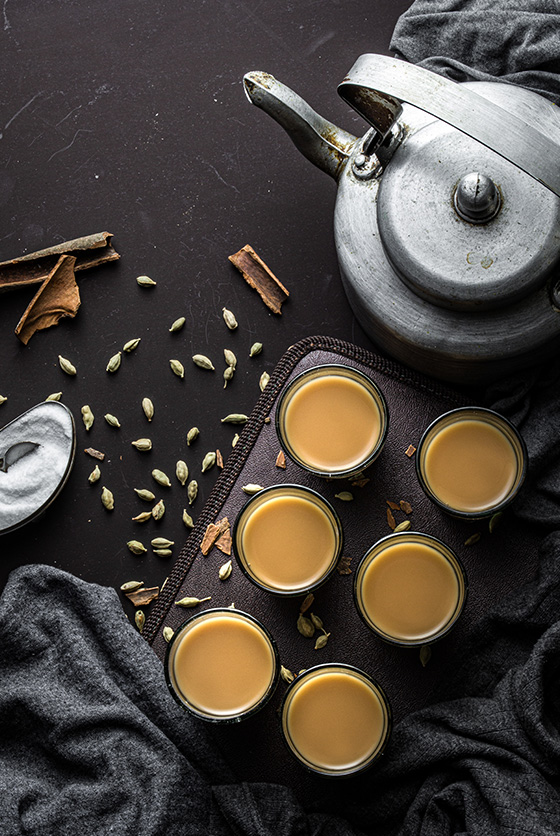Indian Tea
For many of us, the day must begin with a wonderfully perfect cup of hot tea! It is also true that this beverage sustains quite a few of us through the day as well. It can be a source of comfort, a social bonding ritual, a weight-loss aid, and a companion to a vast range of activities that we perform – reading, traveling, working etc. Given the popularity of this beverage in India (and abroad), it does make sense to travel into the world of tea and tea plantations and see why Indians have consumed around 1.2 billion kgs of tea in the last year alone (Source: https://www.statista.com/statistics/870829/india-consumption-volume-of-tea/).
Why is tea so popular?
Almost every country has a long, and rich tradition of tea-making and tea consumption. Whether it is the elaborate afternoon tea experience in the UK, or the sublime tea ceremony in Japan, or even the samovar tea of Russia, this beverage has held many human beings in thrall. Including the many health benefits of tea, there are other reasons for the popularity of this drink:
-
Varieties – green, black, fruity, herbal, white, oolong, and even teas made from grains are just a few of the choices
-
Gentler beverage – compared to the high caffeine content of traditional coffee, tea is a gentler way to ‘energise’
-
L-theanine, an amino acid, found in tea is known for its anti-stress properties
-
Versatility – tea can be brewed in multiple ways and can be paired with a large variety of ingredients too – spices, flowers, fruit, milk, herbs and so on.
-
Health benefits include weight loss, antioxidants, immunity boost, flavonoids, and reduced anxiety levels.
Indian tea
Northeast India is one of the key locations when it comes to the geographical origins of tea. Today, India ranks second in tea production with around 900 million tonnes of annual production. Assam is the largest contributor states to tea production in India – around 50% of the country’s tea. And tea is the state drink for Assam! West Bengal, Tamil Nadu, and Kerala are the other big locations for tea in states of India.

Darjeeling Tea has GI (Geographical Indication) status for the word and logo. It was the first GI-tagged product in our country. Kangra tea of Himachal Pradesh also has the GI-tag. The Tea Board of India lists the following varieties of tea in this country:
-
Darjeeling
-
Assam
-
Nilgiri
-
Kangra
-
Munnar
-
Dooars-Terai
-
Masala Tea
-
Sikkim
Recent statistics state that India had more than 587 thousand hectares under tea harvest as per 2022.
Exports of tea
Indian tea is going places too, though there was cause for concern because exports dropped by around 10% in the year 2023. This was mainly due to challenges in the traditional markets of Iran, and Russia. India exported tea to the tune of 133.32 million kg in January-August of 2023. The government has drawn up plans to capitalise on new export destinations such as Jordan, and Turkey.
So, the next time you drink tea, you should also keep in mind that you are drinking in Indian tea history that dates to the 1850s!
#InterestingInfo
-
Women are more than 50% of the workforce in Assam tea industry.
-
Noon chai served in Kashmir is made with green tea, and salt (noon) and is a beautiful pink colour.



